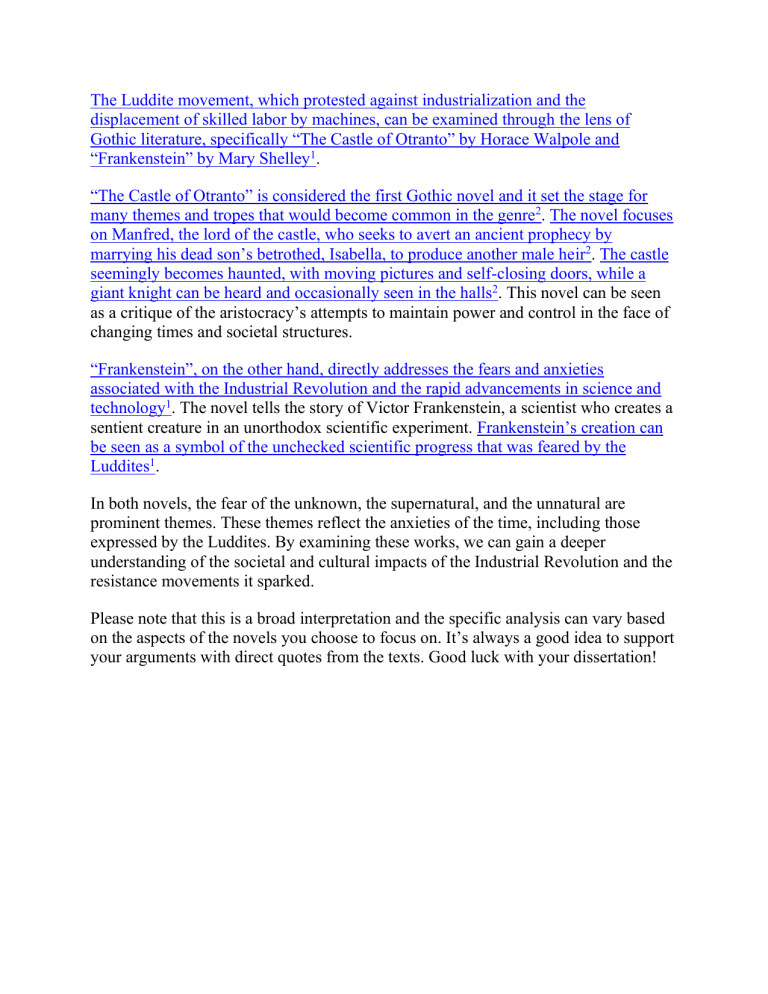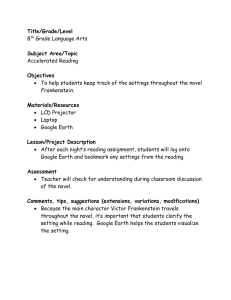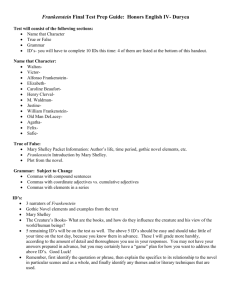
The Luddite movement, which protested against industrialization and the displacement of skilled labor by machines, can be examined through the lens of Gothic literature, specifically “The Castle of Otranto” by Horace Walpole and “Frankenstein” by Mary Shelley1. “The Castle of Otranto” is considered the first Gothic novel and it set the stage for many themes and tropes that would become common in the genre2. The novel focuses on Manfred, the lord of the castle, who seeks to avert an ancient prophecy by marrying his dead son’s betrothed, Isabella, to produce another male heir2. The castle seemingly becomes haunted, with moving pictures and self-closing doors, while a giant knight can be heard and occasionally seen in the halls2. This novel can be seen as a critique of the aristocracy’s attempts to maintain power and control in the face of changing times and societal structures. “Frankenstein”, on the other hand, directly addresses the fears and anxieties associated with the Industrial Revolution and the rapid advancements in science and technology1. The novel tells the story of Victor Frankenstein, a scientist who creates a sentient creature in an unorthodox scientific experiment. Frankenstein’s creation can be seen as a symbol of the unchecked scientific progress that was feared by the Luddites1. In both novels, the fear of the unknown, the supernatural, and the unnatural are prominent themes. These themes reflect the anxieties of the time, including those expressed by the Luddites. By examining these works, we can gain a deeper understanding of the societal and cultural impacts of the Industrial Revolution and the resistance movements it sparked. Please note that this is a broad interpretation and the specific analysis can vary based on the aspects of the novels you choose to focus on. It’s always a good idea to support your arguments with direct quotes from the texts. Good luck with your dissertation!




